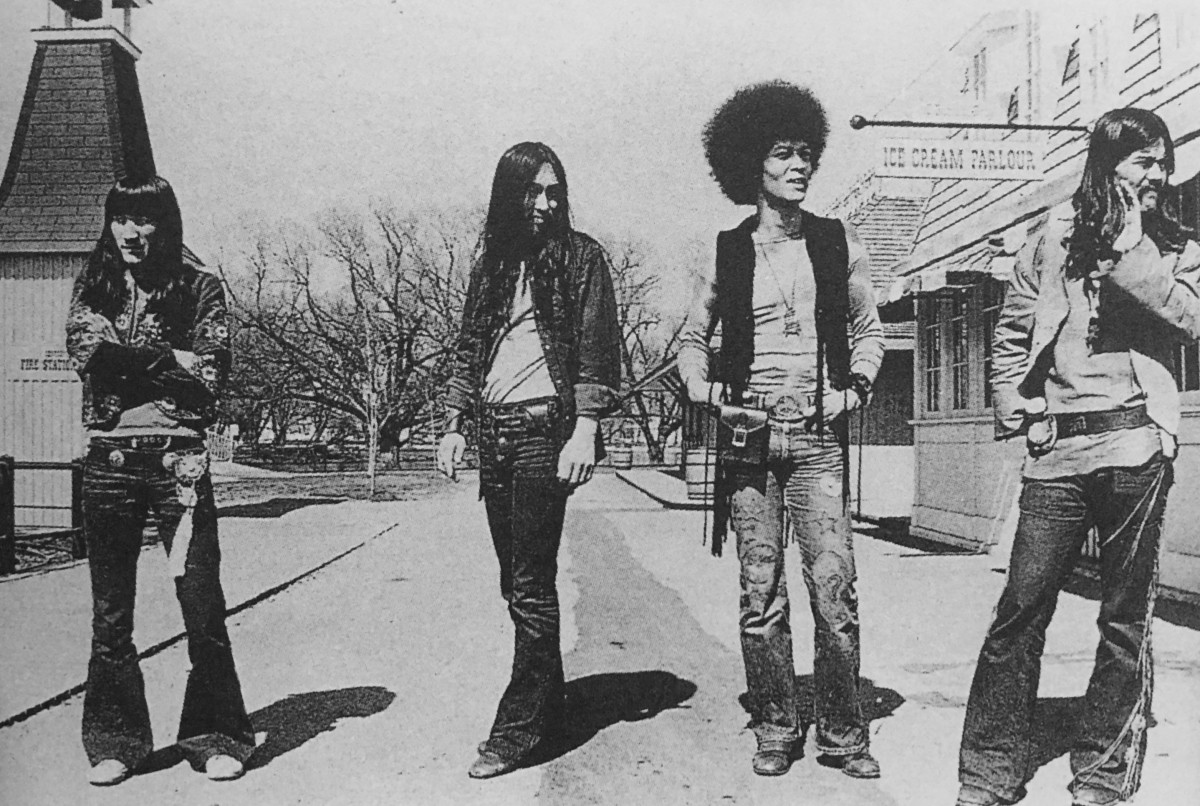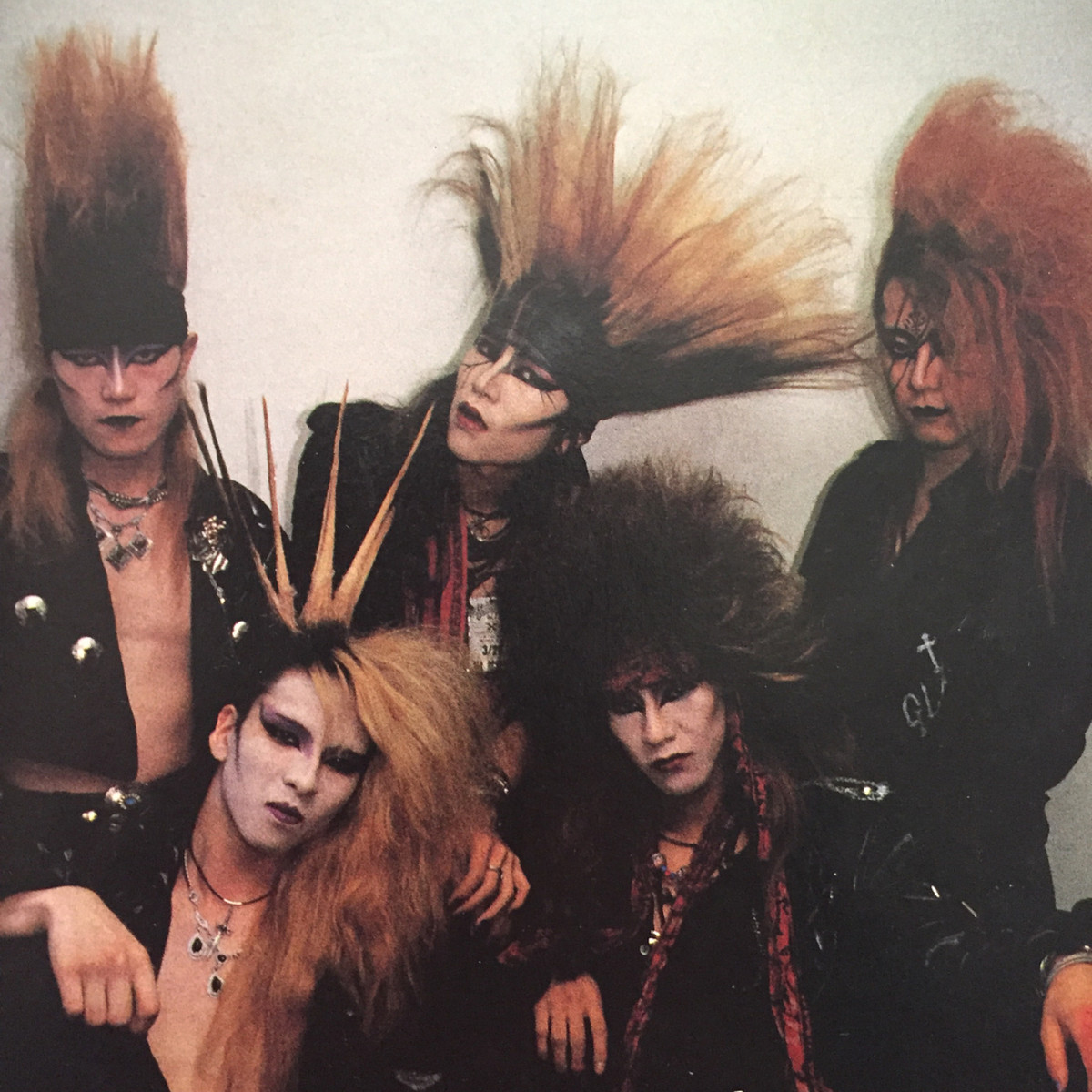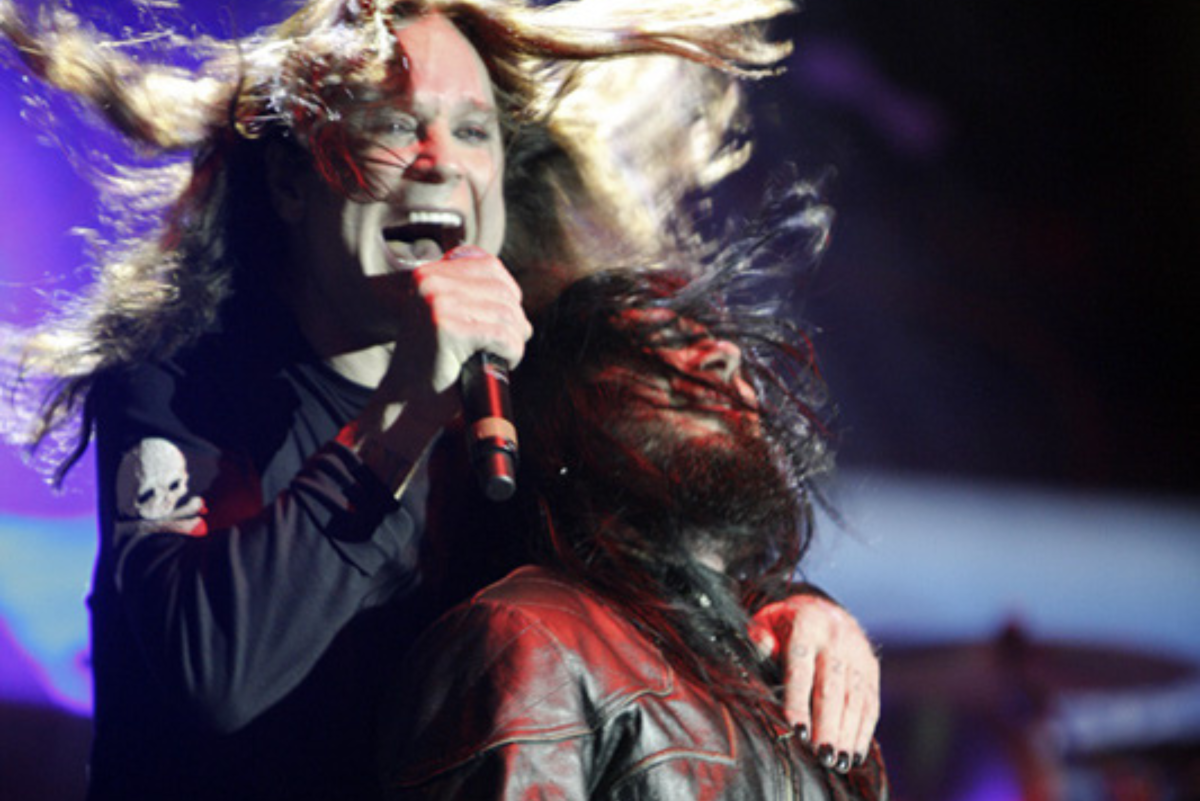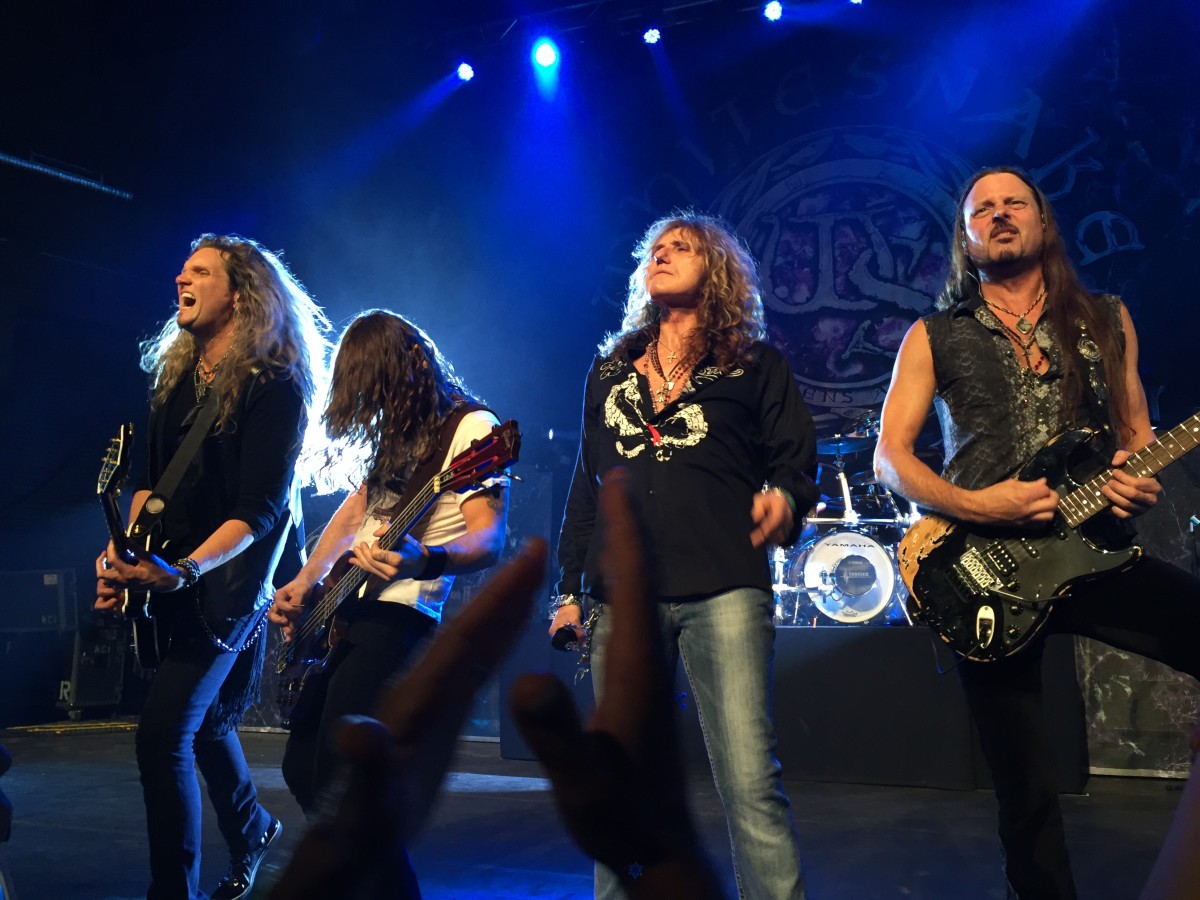Revisiting Judas Priest's 1990 Studio Album "Painkiller"

Track Listing for the album "Painkiller" (2001 re-mastered version)
- Painkiller
- Hell Patrol
- All Guns Blazing
- Leather Rebel
- Metal Meltdown
- Night Crawler
- Between the Hammer & The Anvil
- A Touch of Evil
- Battle Hymn (instrumental)
- One Shot at Glory
- Living Bad Dreams
- Leather Rebel (LIVE version)
Making the Case That "Painkiller" Isn't Judas Priest's Finest Album
Painkiller is the classic 1990 album by British heavy metal band Judas Priest, at least as far as the magazines are concerned. It is one of those albums that I reviewed way back in 2016 and at that time, the album stood out even years after its release. The album features the entry of Scott Travis on drums. He replaced Dave Holland who had left the band in 1989. The album also features the production work of the now late Chris Tsangarides. Tom Allom had produced Judas Priest’s albums during the 1980’s. It is a radical change and departure for their hard rock influenced albums of the previous decade. It is not groovy thrash like Cowboys From Hell but it is a more straightforward heavy metal album. I take another look at this album in 2025 with a much different perspective, however. Judas Priest went once again in an entirely different direction, this time creating a slick speed metal kind of album, one that I would have said is their best album when I was younger but not anymore. Painkiller is a brutal, high-octane showcase of Judas Priest at full technical guitar play— but it’s not their masterpiece. While many fans and critics hold it up as the band’s crowning achievement, even legacy voices like Kerrang! have placed it just shy of the top. For me, it’s their 5th or 6th best album — behind records like Sin After Sin, Turbo, and Hell Bent for Leather, which offered more musical variety, emotional shape, and personal resonance. Painkiller is impressive, no doubt — but it’s not the album I reach for when I want to feel Judas Priest. It’s the one I reach for when I want to be blown away by speed and creativity.
Painkiller isn’t exactly like thrash metal, but it is a heavier style of metal compared to what we have heard from Judas Priest and it may leave some fans with the feeling of “whoa!” The straightforward style that Judas Priest had been using in the 1970s and 1980s was the style that they had been best known for but I guess with Dave Holland’s departure, the band also wanted to get a sort of fresh start even though by this time they had been playing and or performing since the 1960s.
Analysis of the Songs
The album opens with the fast title track Painkiller. It is about a half human half monster like creature that is riding fast on a motorcycle. As the world is being devastated it is only a matter of time before the savior comes to free the world from its pain. The end of the song features the impressive vocal range of Rob Halford as he can hold the singing for what seems like an eternity.
Some of the songs on this album are on the 2 CD set called Metal Works 73-93. One of them is this song. The other songs on that 2 CD set are Metal Meltdown and a Touch of Evil. However, on that 2 CD set, the lead guitar work by Glenn Tipton in the beginning is not included and it jumps straight into the song. Night Crawler is about trying to prepare for the arrival of a black creature that is known for going after its victims and tearing them apart. However, the third track “All Guns Blazing” is the weakest track in an album full of solid tracks. This third song has the repetition of the chorus and the beginning vocals by Rob about twisting the strangle grip with no mercy are a bit strange.
A Touch of Evil starts with the sound of a bell, and it has this spooky atmosphere which really sets the tone for the song. It has one of the best guitar solos that you will ever hear! The solo has feeling, and passion and it is exciting to listen to. If Brain Dance is an Annihilator song that is a classic no matter how many times you hear it, then A Touch of Evil is another example of a song that never loses its greatness. The chorus and vocals by Rob are powerful without overwhelming you and that is one way to maintain that vocal balance which works out in this case.
There is a very short and sometimes dark instrumental song called “Battle Hymn” which sets the stage for the conclusion of one of the best Judas Priest albums in their career. “One Shot at Glory” starts off with an impressive riff as lyrically the song is about getting ready to do battle with the enemy with the attempt to conclude things with glory. The person described in this song is filled with courage and victory.
Final Thoughts About Judas Priest's 1990 Studio Album
There’s no doubt that Painkiller remains one of the strongest albums in Judas Priest’s career, even in 2025 — nearly 35 years after its release. If you’re craving speed metal and technical precision, this album delivers in full. It’s a relentless, focused showcase of raw, aggressive musicianship. A standout track that’s often overlooked is the powerful “Between the Hammer and the Anvil.” The song builds tension gradually, then erupts as Rob Halford unleashes one of his signature screams — and from there, it’s pure intensity.
That said, this intensity is also the album’s greatest limitation. There’s little room for musical variety or emotional pacing, making it a challenging listen at times. For fans seeking Priest’s more dynamic or soulful work, Painkiller can feel overwhelming. Still, for the time it was released — and with the arrival of drummer Scott Travis injecting new life into their sound — this album was exactly what Priest needed to reassert their dominance. It earns a solid 85 out of 100, not for being flawless, but for being bold, unapologetic, and unapologetically speed metal with an early 90s flair to it.
© 2025 Ara Vahanian








